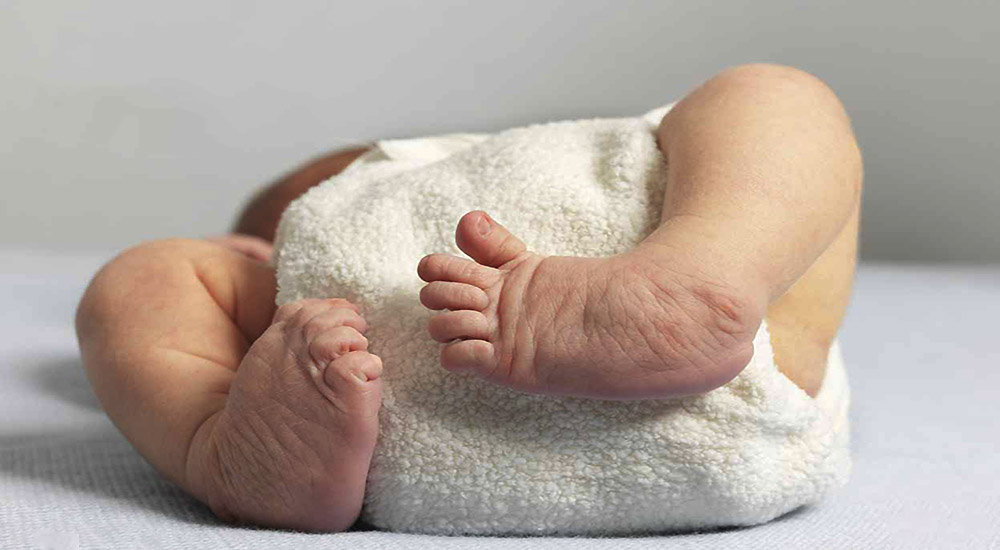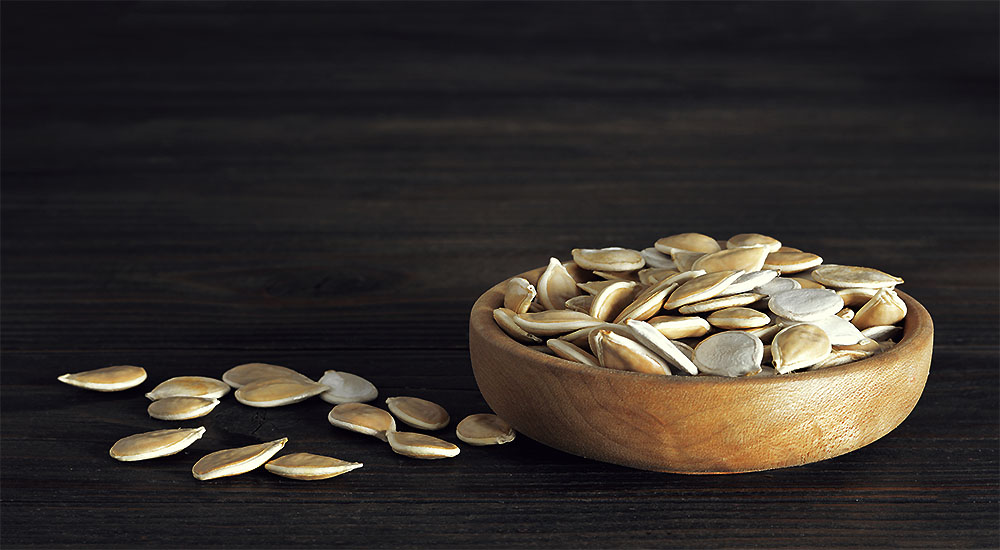How to Correct Club Foot in Children

Caught Early, Club Foot Can Be Treated Successfully
Childbirth is a precious moment in a parent’s life. But it can quickly change to anxiety and worry if the child is born with a problem or deformity. “Club foot” is one such deformity and boys seem to be more at risk.
Club foot is a deformity in which the baby’s foot is twisted out of shape or position. The condition can be mild or severe, affecting one or both feet. The affected foot is commonly shorter and the calf will be underdeveloped. It is not very clear as to why this deformity happens, and many reasons have been proposed. Fortunately, there is hope.
Over many years, tireless work and research done by surgeons and physical therapists have helped overcome the problem to a large extent. Parents simply have to follow particular directions and instructions. If they do so, they can have their child walking normally in no time. If left untreated, the child can grow up to have many problems with walking and other developmental milestones. Therefore it is best treated early on in life to prevent other side effects.
Two Key Methods of Treatment
There are essentially two methods of treatment—and depending upon the nature of the club foot, parents can decide which method to follow. Club foot falls under one of two types:
• One is the flexible type where the ankle and the foot can be moved out of the twisted form.
• Two is the rigid type where the foot and the ankle cannot be stretched out from its twisted form.
The flexible variety of club foot usually does better with the “French Method” which involves intensive stretching exercises daily along with taping and splinting. The rigid variety is more involved, understandably, and typically does better with the “Ponseti Method” which involves alternating between physical therapy, casting, and surgery.
Parents Play a Big Role in Correction
Ideally, the treatment should begin immediately after birth when the deformity is diagnosed.
Parents should be taught the ABCs of stretching the club foot by a trained physical therapist AND they should do the stretching daily. Parents should follow up with a trained physical therapist at least once or twice a week to re-do the taping and splinting and ensure the stretching is being done correctly.
The method of stretching is very specific, and research has shown that straying from the set procedure can alter the mechanics of the foot and result in less than desirable outcomes.
Physical Therapy Intervention and Rehab Must Occur
There is more than stretching to be considered. As the baby grows older, the physical therapist should start the child on an early intervention program. This will allow the infant to achieve all the developmental milestones in a timely fashion.
This approach also encourages the infant to utilize weak muscles in the legs, hips, and pelvis to get those muscles reactivated efficiently. Many parents (as well as physical therapists) neglect this aspect of the program. I have noted great gains when I have included both the components in my treatment program for these children.
Most parents, surgeons, and physical therapists are only interested in setting the foot and the ankle correctly so that it looks good cosmetically and the child has optimum standing potential. But they fail to realize that the ankle and foot joints have many, many sensory cells that help with all balance activities, running, speed, coordination, and agility. And those cells become dormant when a child is born with a club foot.
As a result, even if the child does learn to stand and walk optimally with the foot planted properly, they have issues with running, hopping and other sporting activities. They may also learn to compensate with other muscles in their knees and hips, creating imbalances that are difficult to correct.
Early Intervention Avoids Problems Later
With older children suffering from knee pain or ankle sprains, I often find during my assessments that they were born with a club foot. They have done the traditional stretching and splinting, but the rehab was incomplete (as mentioned above). So when this older child is now participating in sports and activities not suited to his incomplete rehabilitation, problems are resulting.
My first step is educating the parents about what exactly has happened and why these secondary impairments are manifesting. Then, depending upon the age of the child, I put the child through a series of various balance and equilibrium training programs. This will help rejuvenate the sensory nerves and cells.
If the child is younger, then all exercises are through a play-based approach. Each session has a specific goal that I strive to reach at the end of the session, but from the child’s perspective, they are “playing”. As children grow, their nerve cells are very pliable and gains are immediate. I do periodic assessments to monitor gains. These assessments are tailored to each child and usually involve checking functional movements that are age-appropriate.
If you have a child with a club foot, or you know someone who does, please make sure that your physical therapist ensures complete rehabilitation. There is no excuse for taking shortcuts—and it is wonderful knowing that proper care will prevent other impairments in the future.
Do you need help with your health?
We have the diagnostic and testing tools, the clinical experience, and a different medical approach to discovering the root cause of why you have the symptoms that are bothering you. As long as you are ready to make some dietary and lifestyle changes, we can help you. We will "hold your hand" through the changes, step by step, to make each step an easy one. We are located in Clearwater, FL, at 1000 S Ft Harrison, at the corner of Ft. Harrison Ave. and Magnolia St. There is plenty of parking space directly accessible from Ft Harrison. If it is not convenient for you to come to Root Cause Medical Clinic, we offer telehealth/telemedicine consultations to residents of certain states. Call us for details.
Contact us for a Consultation – Call 727-335-0400
Ask a Doctor
Have a health concern you'd like to speak with a doctor about? Or just want clarity on a subject? Ask Us!
Featured Articles
Popular Stories

Dr. Rupa Chakravarty DPT, OCS
Director of Physical Therapy at Root Cause Medical
Doctor of Physical Therapy, Orthopedic Certified Specialist
Dr. Chakravarty has numerous certifications for different techniques in Physical Therapy practice. She employs an extensive array of manual as well as exercise techniques to manage her patients’ symptoms during their course of therapy.


